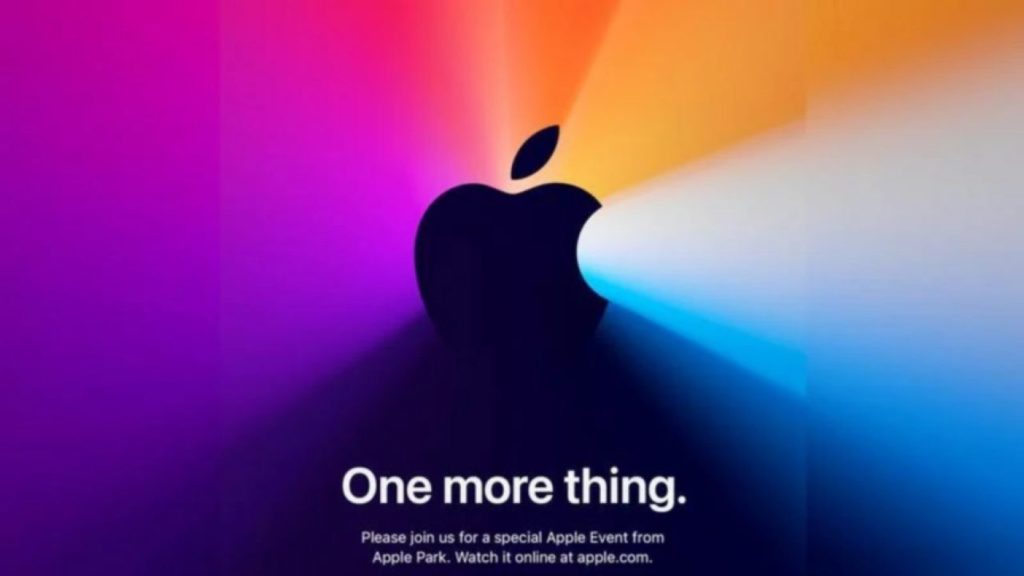
A few days ago, Apple announced a fresh lineup of MacBooks featuring the silicon ‘M1’ processor. 🍏 They’re boldly stepping away from the Intel x86 ecosystem, aiming to boost efficiency and performance with their own ARM-based chips. Microsoft tried a similar move back in 2018 with their ARM-based Surface models, but it didn’t quite hit the mark. The performance of ARM architecture-based CPUs has skyrocketed, yet the real challenge lies in compatibility.
Due to the different architecture, using ARM CPUs requires redevelopment of both OS and applications. This led MS to develop a new Windows for ARM. However, making every app natively run on ARM CPUs in an expansive ecosystem like Windows is nearly impossible. Over 95% of laptops still use Intel chips, and small software companies are unlikely to support such a shift. But Apple’s situation differs slightly. Let’s dive into three key differences,
MacBooks Are Exclusively Made by Apple
We’ve already seen the MacBook Air and the 13-inch MacBook Pro make their debut. With older models phased out, Intel chip MacBooks might soon be history. Apple’s monopoly—something unimaginable in the Windows market—can eliminate consumer choice. Developers, like it or not, will have to adapt. Meanwhile, Microsoft can never hope to achieve such dominance with Windows on ARM. Even with a successful transition, they must maintain their x86 Windows team for decades. In contrast, Apple might slash x86 support to under 50% in just three years. Pretty daring, right?
MacBooks Serve a Singular Purpose
People use Windows laptops for countless tasks—gaming, document creation, photo/video editing, and even auto-click programs for mandatory training sessions. It’s all about not taking away what you’ve already given to consumers. We know there’s a diverse range of users out there. But MacBooks? They’re often for professionals like music producers, photographers, and developers. 🎧📸👨💻 This focus could mean less noise over supporting killer apps. As native apps get redeveloped, they perform up to three or four times better, possibly leading to greater satisfaction.
ARM-based iOS Apps Are Already Mainstream
Most developers are likely already offering iOS apps. Smaller developers might even focus solely on mobile apps. With this source, transitioning can be smoother than expected, allowing them to easily release laptop applications by reusing mobile code.
For these reasons, Apple’s shift to ARM might be smoother than anticipated. Plus, running existing ARM-based iOS apps as-is could simplify using bank and public services in some regions.
According to 9 TO 5 MAC, services like Google, Facebook, Amazon, and Disney+ have decided not to run on Apple Silicon MacBooks. Each company has its reasons, and while we might not know them all in detail, you can feel the intricate web of decisions at play. 📚 There was a book once titled ‘Nike’s Competitor is Nintendo,’ but now we’ve moved into a phase where we need to peer inside the system to grasp the situation.
Anyway, if you’re a developer, getting yourself an Apple Silicon MacBook Air is a suggestion I’d make. As for the Pro… well… 🤔
Leave a Reply